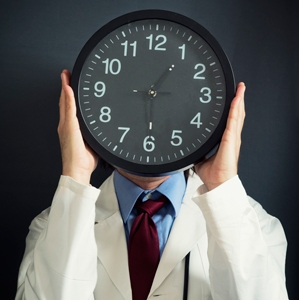 An international stroke expert has urged neurologists to make sure their stroke services are set up so their patients are able to receive thrombolysis within 30 minutes.
An international stroke expert has urged neurologists to make sure their stroke services are set up so their patients are able to receive thrombolysis within 30 minutes.
Dr Michael D Hill, a stroke neurologist from the University of Calgary in Canada, told ANZAN 2018 delegates that in a typical large vessel acute ischaemic stroke, 1.9 million neurons, 14 billion synapses and 12 km of myelinated fibers are destroyed every minute.
“The statistics are staggering but they are very helpful in motivating our teams because it’s the new currency… every minute equals millions of neurons… it’s a good way to get people to move their… to move!” he told the room full of chuckling delegates.
Yet there’s something about human nature that states that if we think we have x amount of time we’re more likely to take it, Dr Hill said.
“Parkinson’s Law – the job expands to fit the time available – is as true in stroke care as it is in economics,” he said.
For example, a trial showed that for every 10 minute delay in ER arrival thrombolysis treatment was 18 minutes faster.
“It’s that issue of ‘thresholding’… if you think you have three hours you’re more likely to take the time where what you should really be doing is treating everybody quickly”.